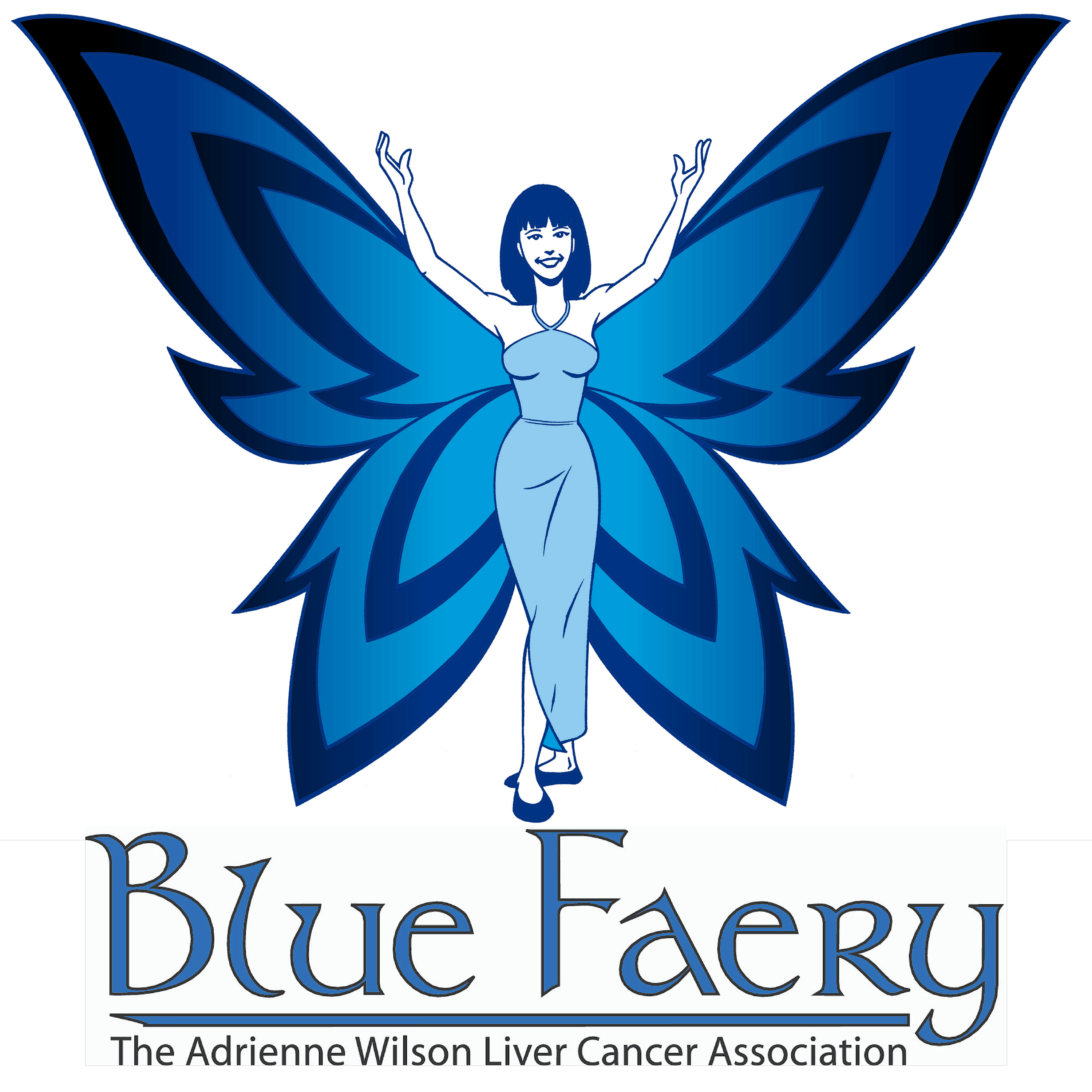Hepatocellular carcinoma (HCC) is the fourth highest cause of cancer-related deaths worldwide, and incidence in the US has tripled in the last 4 decades. While chronic viral hepatitis is the leading pathway to HCC in the US, noninfectious causes—such as morbid obesity, type-2 diabetes, non-alcoholic fatty liver disease (NAFLD), and associated non-alcoholic steatohepatitis (NASH)—have been growing rapidly. We describe each of these pathways.
There is a saying that cancer gets us all in the end, unless something else gets us first.
Some cancers can be effectively prevented, while others have no amenable prevention. Hepatocellular carcinoma (HCC) can be preventable, but once HCC is established and symptomatic, survival rates diminish sharply. HCC has a high mortality profile with a median survival following diagnosis of 6-20 months. In the US, it has a 5-year survival rate of only 10%.
The COVID-19 pandemic has rightfully occupied the minds and efforts of almost everyone in healthcare for the past year, but HCC has not disappeared and is still causing harm. HCC is at this time, the fourth leading cause of cancer-related death, with an incidence tripled in the US during the past 40 years. Although your daily odds of encountering a patient with HCC remain small, they are increasing, and there is a serious risk of missing the window of opportunity to prevent full-blown HCC.
The four main HCC risk factors are:
- Hepatitis B
- Hepatitis C
- Excessive alcohol consumption
- Nonalcoholic fatty liver disease (NAFLD) leading to nonalcoholic steatohepatitis (NASH)
How You Are Likely to Encounter HCC in Patients
For the near future, the chances are slim that any specific patient you see will already have HCC. That is great, but it is also a problem, because you are therefore less likely to immediately recognize it. For HCC, delay is the killer.
You are, however, very likely to see a patient who, regardless of their chief complaint, is already on one or more of the four HCC pathways. Anything you can do to increase vaccination rates for HBV and prevent infection with HCV will help to keep your patients off the viral pathway. Likewise, addressing alcohol use and encouraging patients to keep within guidelines will help keep them off the alcohol pathway to HCC.
The NAFLD/NASH pathway speaks to lifestyle changes that are inherently healthier and worth discussing. Discussing with your patients the importance of eating a healthy diet, limiting portion sizes, and maintaining a healthy weight may help keep them off this pathway.
Patient history that should increase your index of suspicion includes unprotected sex, needle use, excessive alcohol use or binge drinking, or increasing obesity. However, it is important to bear in mind that many patients who had no obvious risk factors in their history, nevertheless, developed HCC. It is, therefore, important to use HBV and HCV testing and strongly encourage HBV vaccination even if patients are not in high-risk categories. Although atypical, HCC can be the result of maternal HBV or HCV infection passed on to children.
How to Discuss Staging With Patients
Discussing staging with patients can be difficult, and the literature is often either aimed at clinicians, or contains misleading information. Blue Faery provides clinically accurate but understandable materials to assist you in describing the staging and helping patients to understand where they are in the spectrum.
These materials include:
- The HCC patient education brochures, written in layman’s terms and intended for patients to read.
- The Blue Faery and Exelixis staging discussion pad, which contains anatomical graphics and easily understood text. Each double-sided sheet has space for clinicians to add notes for their patient to use after an appointment.
- The Patient Resource Guide for Liver Cancer is a 20-page booklet with explanations and resources pertinent to patients with HCC and their caregivers.
Blue Faery will send these free materials to any requesting physician.
HCC Specialists, Treatment Options, & Clinical Trials
The treatment of HCC is best approached with a multidisciplinary team coordinated by a primary care physician. The most effective approach will likely require the expertise of multiple medical professionals, including the primary care physician, and may include an oncologist with experience in HCC, a gastroenterologist, hepatologist, interventional radiologist, radiation oncologist, surgical oncologist, and a transplant surgeon.
To find all clinical trials, the best option is clinicaltrials.gov, but this website can be confusing and difficult to navigate. To assist clinicians in guiding patients to relevant trials, Blue Faery provides a custom HCC clinical trial navigator.
Community Support for Patients With HCC
Patient communities are helpful in providing patients with practical tips for their care journey and are often a source of emotional support by people who understand the experience.
The Blue Faery Liver Cancer Community is a free, HIPAA-compliant online community where patients and caregivers are welcome to join and to seek or exchange information relevant to HCC care. Members ask questions, discuss concerns, and find common ground as they navigate their cancer journeys. The forum moderators include community ambassadors who were former caregivers of patients with HCC.
For one-on-one patient support, Blue Faery has partnered with Imerman Angels, a nonprofit organization that provides peer-to-peer support services for the liver cancer community. Blue Faery and Imerman Angels believe that no one should face cancer alone.
With adequate screening, testing, and inoculation, the viral pathway to HCC can often be interrupted. To aid in the care of those who have developed HCC, Blue Faery provides free, patient-readable and clinically accurate materials to assist clinicians in discussing their patients’ staging, options, and resources.


 PWeekly
PWeekly